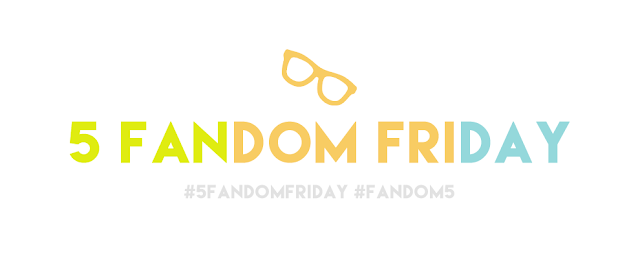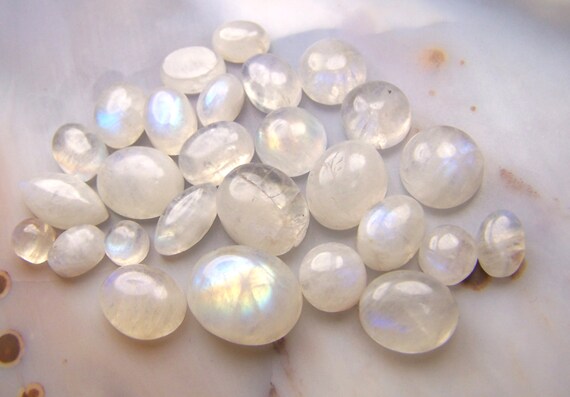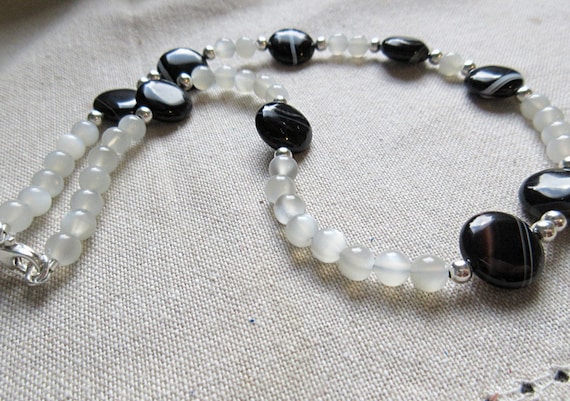In a nutshell: Are you interested in artificial intelligence, but don't know a lot about the field? This is the book to start you off. Are you already an AI nerd? There's probably very little in here you don't already know.
 |
| Image courtesy Arcturus Digital |
First of all, who is Richard Urwin? I think this might be him, but there are a quite a few Richard Urwins out there. Why does this matter? After all, I side-eyed another nonfiction book for getting too personal. (Oh, did I not mention that in the original review? Morgan starts off with an abridged life story that has nothing to do with her job but I did learn that she likes horseback riding, so...)
But at least with Above the Noise, you know enough to know that you're reading a book by an expert on the topic. Artificial Intelligence goes too far in the other direction, so that while it's a really informative and readable book, it's hard to know who, exactly, is "talking" to you.
Why should this matter? Because whenever you read non-fiction, you want to be sure that you're getting your information from a good source. What is this person's education? Their work background? Their areas of expertise? Arcturus included nothing about Urwin in the actual copy of the book, and his profiles on Amazon and GoodReads are similarly blank. I might not care about Morgan's love of horses but I do care that her bread and butter comes from digital PR management. And while Jo Marchant is a journalist, not a scientist or doctor
It's a little thing, but it bugged me. Fortunately, Urwin isn't really making any Kurzweil-esque fantastical claims, otherwise this would bug me even more. In fact, the book isn't really about predicting where we're going but about explaining how far we've already come. There isn't much that's controversial or contestable, since the vast majority is essentially "here's what we've already done." So the fact that I'm not entirely sure what Urwin's credentials are doesn't really matter.
This circles back to my nutshell review at the top. I picked up Urwin's Artificial Intelligence because I've always been interested in the field. But I'm just a curious layperson, so my knowledge is hardly very in-depth or technical. And while I know what Moore's Law is and could probably quote Turing's essay on machine intelligence in my sleep by this point, I'm less familiar with the nitty gritty of machine learning and neural networks (I know a little bit, thanks to my work in science editing, but not much).
In a lot of ways, Urwin's Artificial Intelligence reminds me of The Dark Net*, by Jamie Bartlett. I'm a digital native who's been plugged into technology and the Internet from a young age—I know about /b/ and pro-ana and The Silk Road, so the book didn't have stunning revelations for me. But like The Dark Net, I still enjoyed reading Artificial Intelligence and it certainly filled in a few details for me here and there. That's why I would recommend it as a solid popular introduction to AI and how it functions. If you already know a fair amount and are looking for something with depth (rather than with breadth), you should probably look elsewhere.
*I just realized I never put my review of The Dark Net up here. Oops...


















_Island%2C_Greece.jpg)





